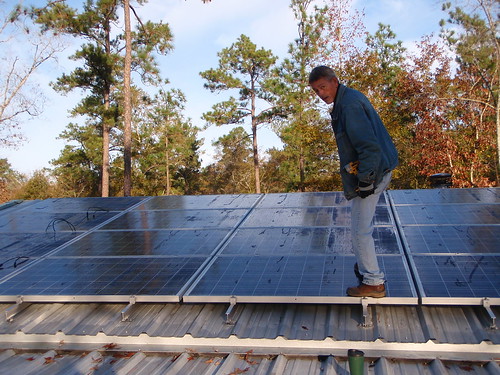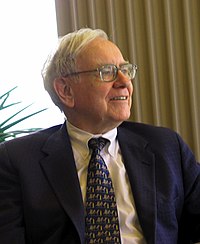 Yesterday, the Driftaway Cafe started serving up with solar.
Yesterday, the Driftaway Cafe started serving up with solar.
WJCL and WTGS wrote yesterday, Solar Power Surges in Savannah
A ground breaking project is underway in the coastal empire that harnesses the power of the sun and hopes to pave the way for the future of clean energy. One main part of this project is for everyone to be able to supply their own power.Cheaper, cleaner, and accessible: that’s good business sense!Clean, sustainable energy has been a hot topic for some time now, especially, energy that doesn’t send our money overseas.
“We need to develop every available source of American energy,” says President Obama.
The problem is that until now alternate sources have been out of reach or too expensive for most of us.
“It’s very important we learn how to harness our own power and how we structure that today is important for future generations,” says Dr. Sidney Smith, co-owner of Lower rates for Customers.
“Lower Rates for Customers” is hoping to do just that. The plan is to make solar power the way of the future and affordable for everyone. They have an all encompassing plan that can have anyone generating their own electricity within 45 days, even if you don’t have the land to put up solar panels.
“We provide you with the place, the hook up, the technology and Georgia power will send you a check to supplement your power bill,” says Dr. Pat Godbey, co-owner of Tabby Power.
Business like the Driftaway Cafe jumped on the chance to get involved.
“Their financial model for the future just struck a nerve with me and I wanted to be a part of it,” says Driftaway owner, Robyn Quattlebaum.
-jsq








